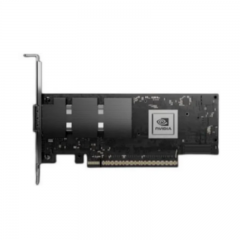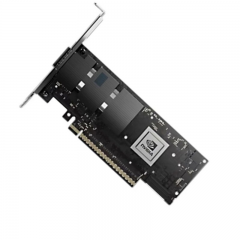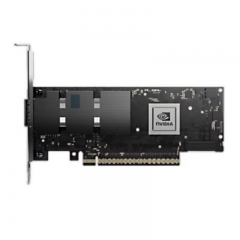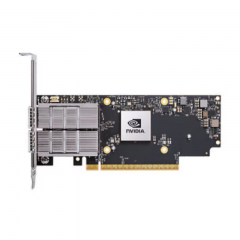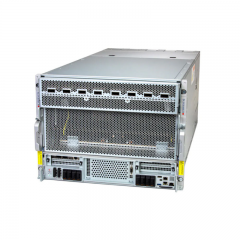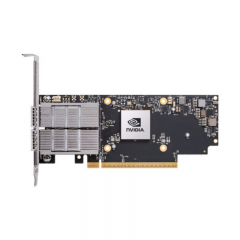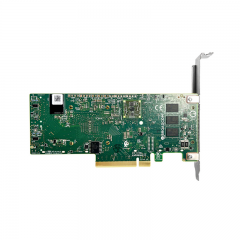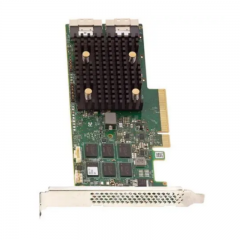Cisco is seeing a tough climate for its networking business, but it's reporting better news on the AI and security fronts.
After days of speculation, Cisco today announced a restructuring plan that will see the networking vendor cut 5%, or about 4,200 jobs, from its 84,900 workforce as it plans to continue to focus on high-strength areas such as AI and security.
“We are realigning our investments and expenses to reflect the current environment to help maximize long-term value for our shareholders,” said Cisco CFO Scott Herren during the company’s second-quarter earnings call on Wednesday. “As part of our announced restructuring plan, we expect to impact approximately 5% of our global workforce with estimated pre-tax charges of approximately $800 million.”
It’s the second large layoff the company has initiated in the last 18 months. Cisco announced a restructuring in November 2022 that involved a $600 million charge for severance and related expenses.
While Cisco is seeing growth in a number of areas – including security, wireless, and AI networking – there are a number of near-term challenges for the vendor.
“First, in terms of the macro environment, we are seeing a greater degree of caution and scrutiny of deals given the high level of uncertainty,” Cisco CEO Chuck Robbins said during the earnings call. “As we’re hearing this from our customers, it’s leading us to be more cautious with our forecast and expectations. We still believe we are one to two quarters away from full implementation of their inventory, which as I mentioned is longer than we expected.”
“Second, as we discussed last quarter and subsequently saw in other technology provider results, customers have been taking time since the start of our fiscal 2024 to deploy the elevated levels of products shipped to them in recent quarters, and this is taking longer than our initial expectations,” Robbins said.
“Third, we also continue to see weak demand with our telco and cable service provider customers. This industry has seen significant pressure, and they are adjusting deployment phasing, which is weighing on our business outlook,“ Robbins added.
On the plus side, AI is growing. Robbins said the total AI pipeline is now roughly three times what Cisco mentioned in the last earning call, which would amount to $3 billion in orders. “Virtually none of that is anything associated with the Nvidia partnership yet. It’s all independent of that,” Robbins added.
Cisco and Nvidia this month expanded their partnership to offer integrated software and networking hardware that promises to help customers more easily spin up infrastructure to support AI applications. The partnership is expected to be a potential windfall for both companies.
“Our security solutions like extended detection and response (XDR) and secure access are ramping quickly after being launched this fall. [We have] over 230 Cisco XDR customers now, and over the next six months, you can expect more meaningful announcements across the portfolio through our accelerated organic innovation and inorganic investments,” Robbins said.
Cisco’s XDR service brings together multiple Cisco and third-party security products to control network access, analyze incidents, remediate threats, and automate responses, all from a single cloud-based interface.#cisco #fiberOptical #sfp #QSFP #Module
